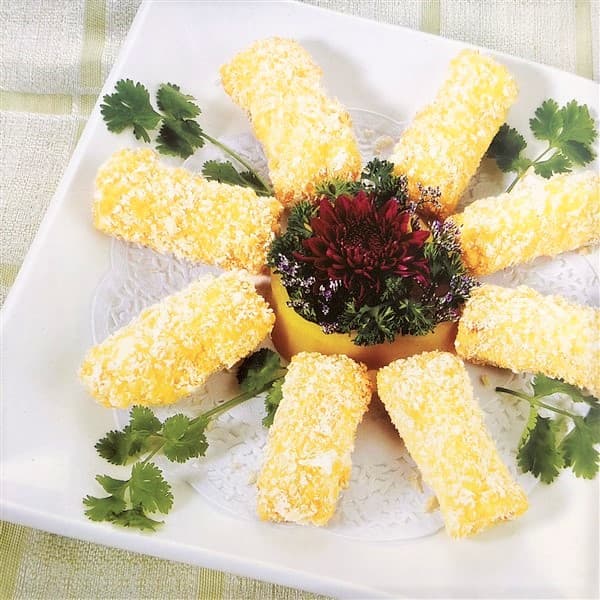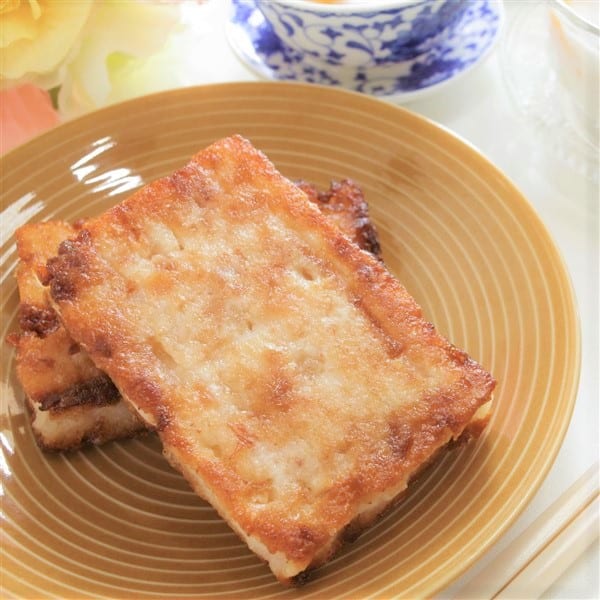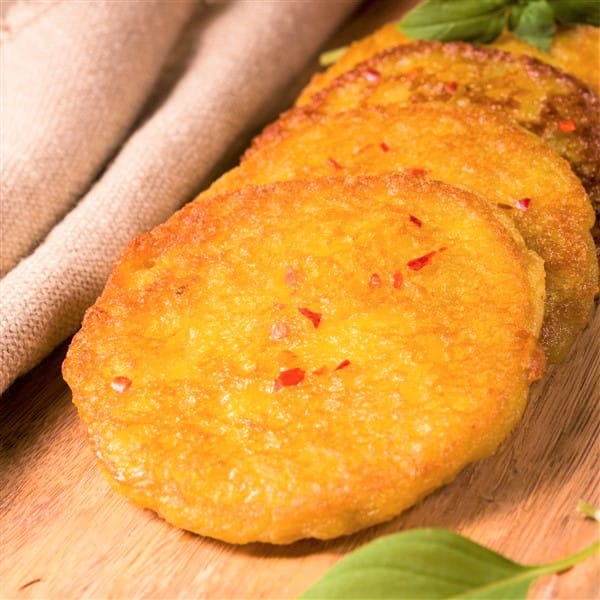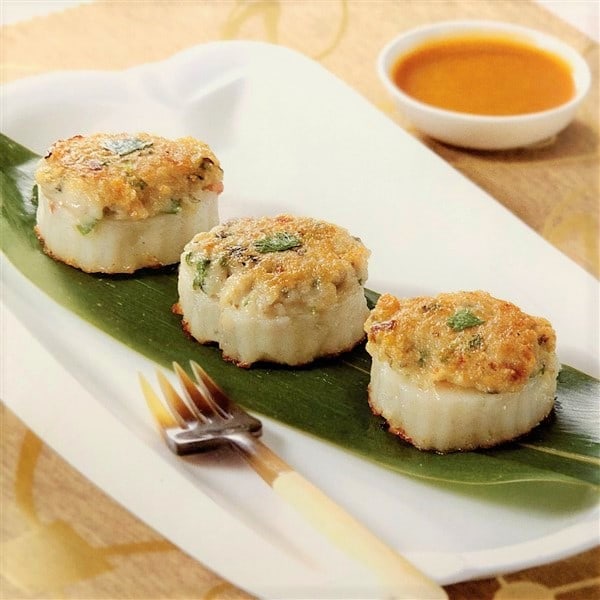Deep-Fried Cakes
For people from Hong Kong and Guangdong, morning tea is more than just “breakfast”; it is a way to step away from the business of life and it is where relationships are cultivated. Deep-fried cake dishes are an indispensable part of this scene. From traditional turnip cakes to the much-loved fried milk; from the well-known fried pumpkin cakes to the sweet and crispy fried sugar taro, we will teach you step by step how to make all kinds of deep-fried cakes, as well as the stories behind the food.
Cantonese deep-fried cakes come in all kinds of flavors. Of these, we’ve selected many Cantonese deep-fried cakes that are both delicious and beautiful. Tailors to our western users, we will introduce you to some traditional and unique Chinese pastries. Learning how to make these deep-fried cakes will show you a side of China that you’ve never seen before.
Chinese Love Deep-Fried Cakes
Different kinds of deep-fried cakes provide completely different experiences for diners. Turnip cake is fragrant and mild, while fried sugar taro is crunchy and sweet. For the thousands of years before western pastries were introduced to China, it was exactly these simple, traditional cakes that Chinese people enjoyed. Though they lack the full-bodied force of western confectionery, the fragrance of the rice, the sweetness of the white sugar, and the directness of the vegetable oil – all ingredients found in deep-fried cakes – imbue these rice-flour cakes with a gentle, mild, and straightforward character.

Though it may not be love at first sight, in time you’ll find that the charm of these special deepfried cakes can make them quite addicting.
What is Tea Etiquette Kowtow (Finger Tapping Salute)?
The morning tea tradition in Guangdong has remained unchanged for decades, so that now it serves as a kind of mirror into the past. The details of the art of morning tea have been passed on for generations. For example, gently rapping one’s index and middle finger knuckles on the table to show thanks to the person pouring one’s tea is also known as a kind of tea etiquette kowtow. Legend has it this custom first appeared during the Qing dynasty when the Qianlong Emperor traveled south to mingle with the common people incognito. While visiting a tea house, he was moved by the fluid proficiency of one of the waiter’s tea-pouring skills. In a flash of inspiration, he picked up the tea pot and poured tea for one of his attendants. If the emperor had done that in the palace, the attendant would have had to perform an ostentatious display of kowtowing to display his thanks. The attendant panicked when he realized he couldn’t do this out in public without revealing the emperor’s true identity, so he instead gently rapped at the table with his knuckles as a substitute for bowing his entire body.






